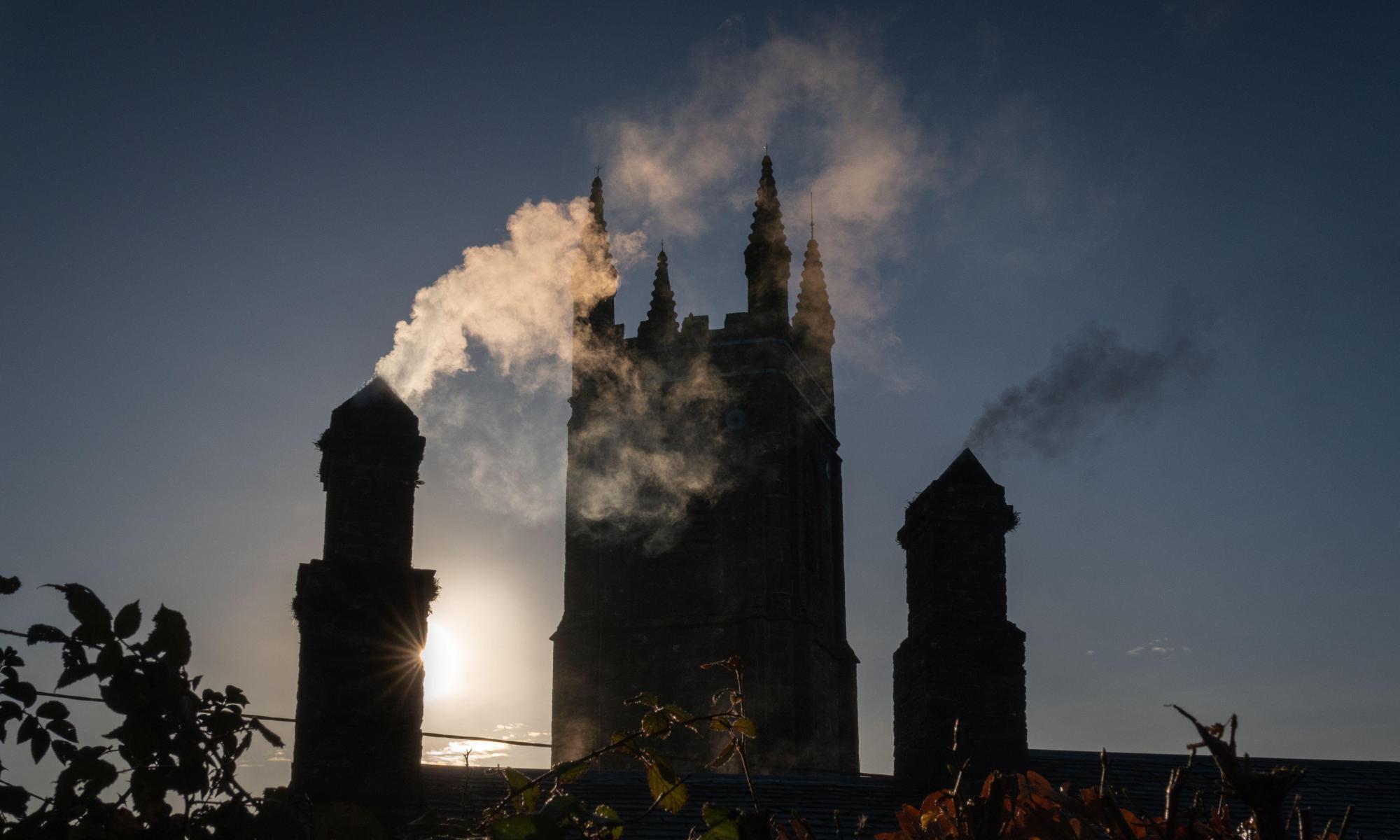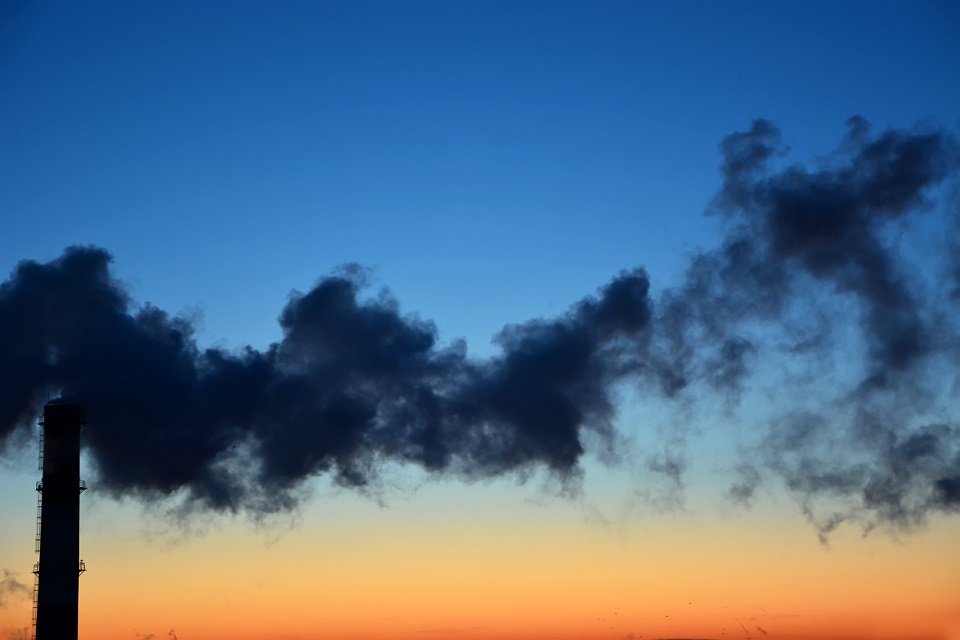A new international study has used satellites to track air pollution changes in some of the world’s fast-growing tropical cities. Some of these cities will house more than 50 million people by 2050, but there is almost no on-the-ground measurement of what people are breathing.
We are all used to seeing satellite images on television weather forecasts. They are also used routinely to track dust storms including arrival of Saharan dust in the UK, and even across the Atlantic, as well as tracking wildfire smoke.
Mark Parrington, a senior scientist with the European Centre for Medium-Range Weather Forecasts, explained: “Earth observation provides us with up-to-date information on locations and emissions of wildfires and the distribution of key pollutants in the atmosphere, as well as the weather. Satellites provide almost 800 million data points around the world every day, including in very inaccessible regions.”
But measuring air pollution that we breathe from space is difficult as the satellite has to look though the whole column of air underneath it, making it hard to estimate pollution in the bottom few metres where we live. The satellites rely on reflected sunlight and can therefore only make measurements in daytime. Clouds get in the way too. And yet, despite these limitations, in previous studies satellites have uncovered pollution that we didn’t know about close to home, such as agriculture pollution from sugar beet farms in France.
Air pollution has got far worse in 46 future megacities in tropical Africa, Asia and the Middle East, the study reveals. The deterioration in air quality has led to 180,000 extra deaths a year due to the combination of city expansion and worsening air pollution between 2005 and 2018.
Agricultural burning from the areas around the cities is one of the main causes. But the deterioration is driven mostly by new sources such as fertiliser use in nearby farms and increased transport and industry. Problems with waste burning, including the burning of plastics, are widespread too. Cities in India are also being affected by new coal power stations that are being built in the country.
Some cities are taking action. Last month, 10 African cities signed up to the C40 clean air declaration. Signatory cities recognise the right to clean air, pledge to take action to reduce pollution and report their progress. They are now part of a network of 46 cities that are taking a science-led approach and working together to tackle our climate emergency, reduce air pollution and address inequalities.


